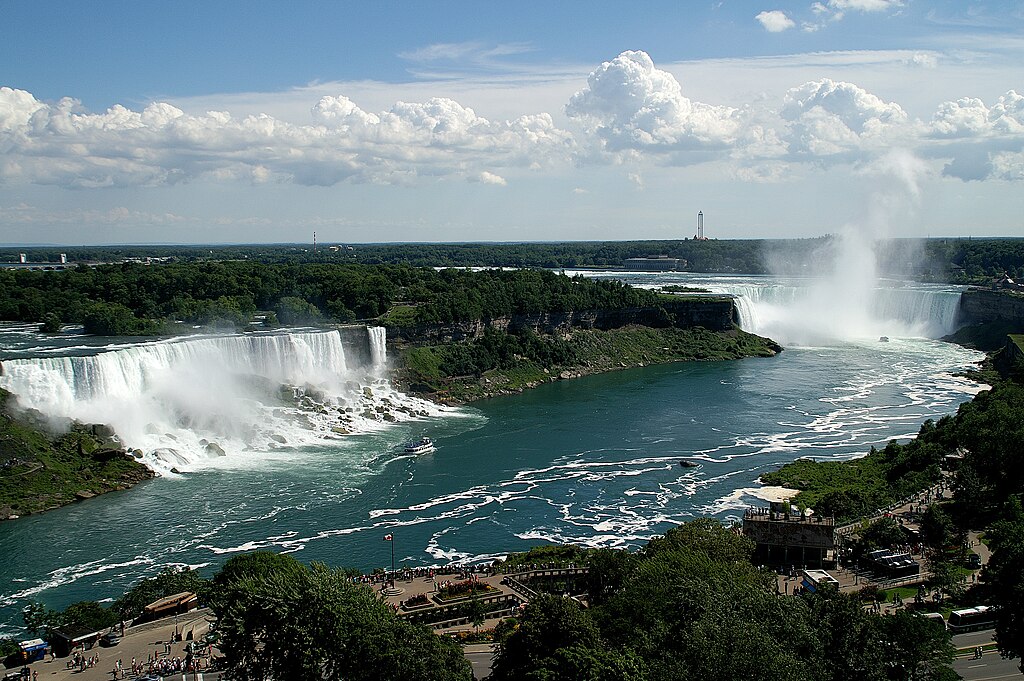On March 22, 1903, a truly awe-inspiring event unfolded when Niagara Falls, a symbol of nature’s power, temporarily ceased to flow. For 30 hours, the majestic waterfall transformed into a gentle stream, unveiling the rocky cliffs and riverbeds beneath its thunderous cascade.
Human-designed alterations, specifically the installation of an upstream cofferdam, caused a short-term lack of water, leading to the drying up of Niagara Falls. The cofferdam was part of a research initiative to assess erosion patterns in the falls, which were significant and needed attention. This research also explored hydroelectric energy generation options that would preserve the natural beauty of the falls, leading to the development of more sustainable energy solutions.
During the diversion, workers seized a unique opportunity to explore the usually submerged rock structures and repair the riverbed erosion. The eerie silence enveloped Niagara Falls and its exposed landscape was a sight never before witnessed, as the falls had never ceased to flow in recorded history. Following the disappearance of the falls’ water, people flocked to Niagara Falls to witness this rare event. They used this unique moment to observe the dry falls, with various photographers capturing the stark beauty of the exposed cliff faces. This planned stoppage served as a stark reminder of the delicate balance between preserving natural beauty and the human exploitation of natural resources.
The project demonstrated that Niagara Falls needs cooperative management by both the United States and Canadian authorities. This action established a new standard for orchestrating the relationship between tourism activities, conservation measures, and industrial advancement.
The 1903 drying of Niagara Falls remains a fascinating chapter in the history of this iconic landmark. It demonstrated humanity’s ability to control even the most powerful natural forces, raising awareness about the need for sustainable management of natural resources. Today, Niagara Falls continues to captivate millions of visitors each year, serving as a reminder of nature’s beauty and power.

